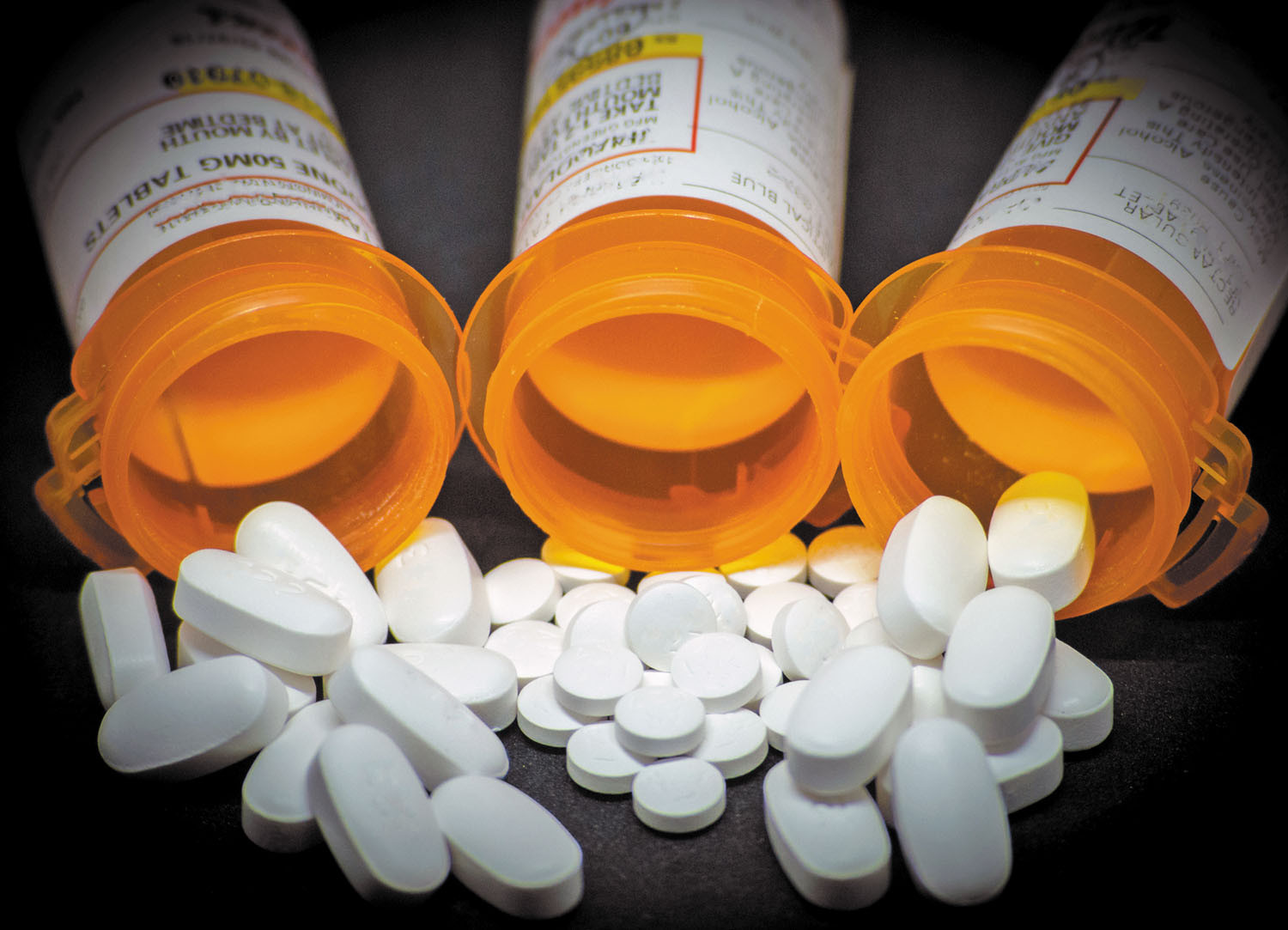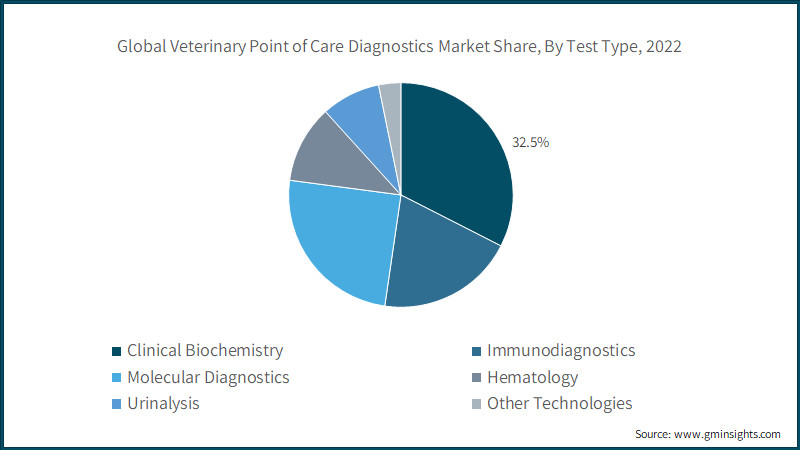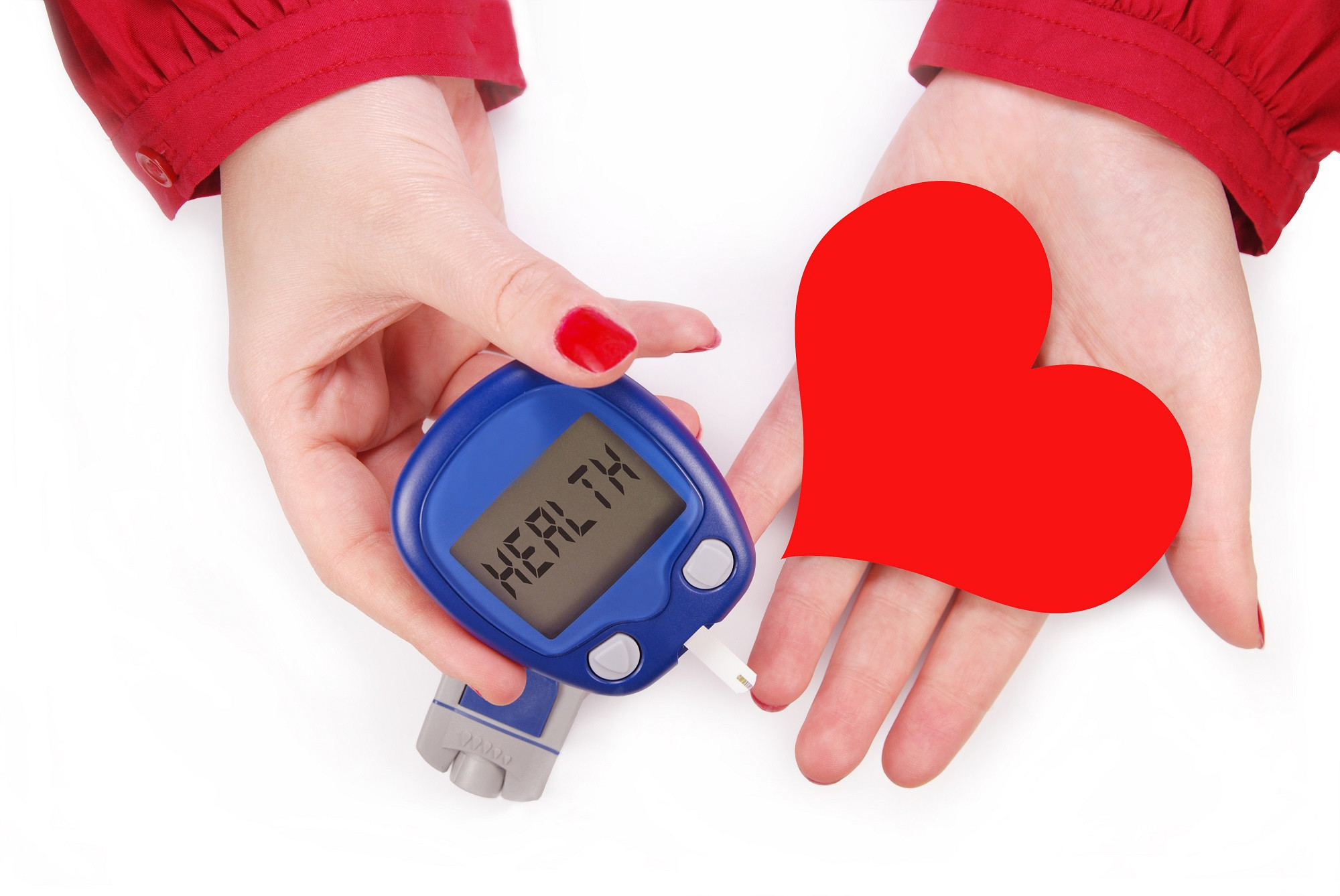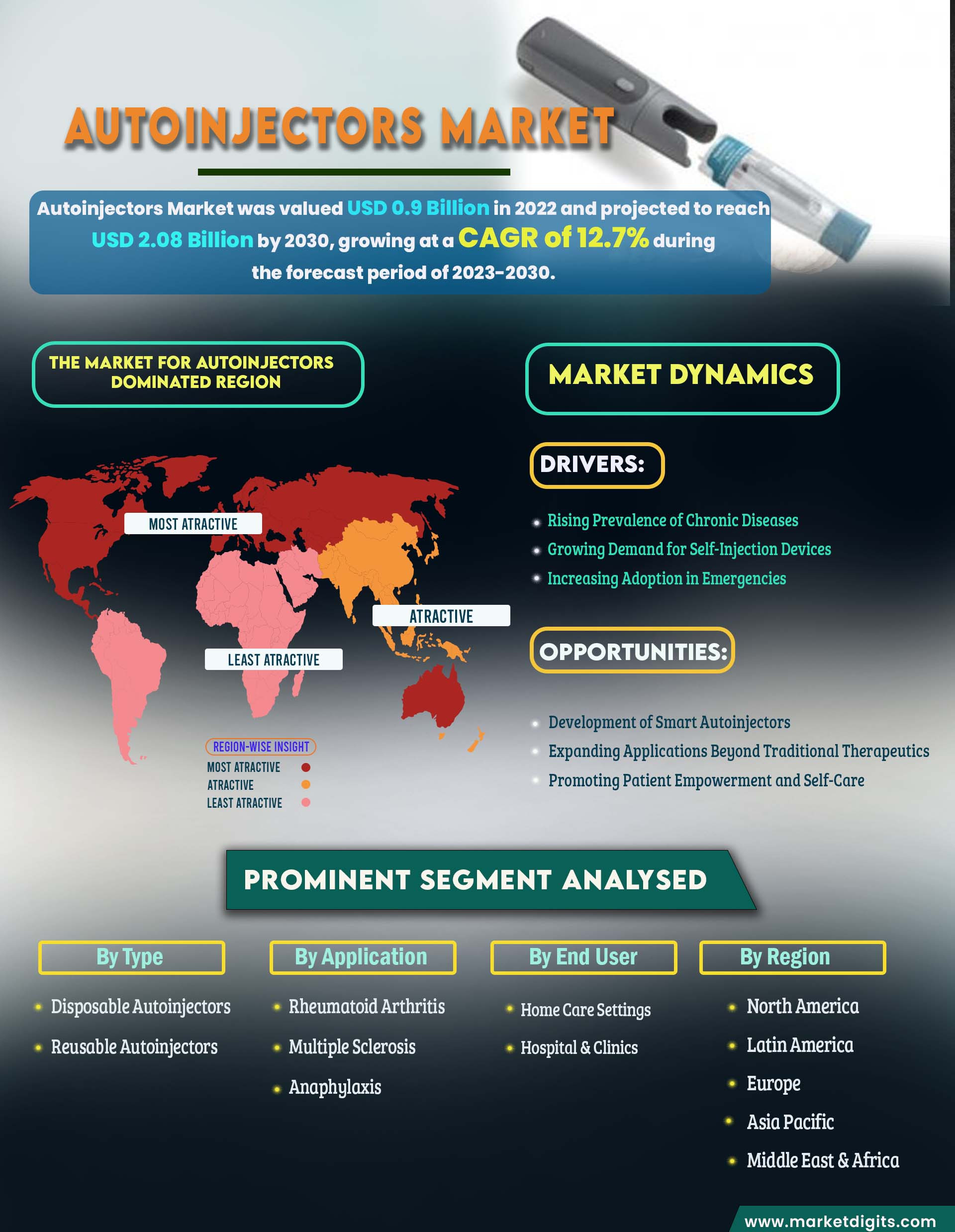Prescription Trends Shift During Pandemic: Stimulants and Antidepressants Up, Opioids Down
A recent study saw prescription fills for stimulants, and antidepressants increased from 2019 to 2022 but decreased for opioids. The study, published in JAMA Network Open, investigated prescription trends across the United States, highlighting the impact of the COVID-19 pandemic on medication use.
The study, led by Ashwini Nagappan, MBE, from the Fielding School of Public Health at UCLA, analyzed data from the Trilliant Health national all-payer claims database, which included quarterly medical and pharmacy claims for all 50 states and the District of Columbia. The database encompassed 55.3 million participants, with an average age of 45.6 years and a female majority (61.1%). Researchers focused on identifying prescribing patterns for stimulants, antidepressants, and opioids, differentiating between in-person and telehealth prescriptions from 2019 to 2022.
Telehealth's Impact on Prescription Trends
Telehealth services gained significant traction during the COVID-19 pandemic, allowing patients to receive prescriptions for controlled substances from the comfort of their homes. This shift was facilitated by temporary public health emergency policies that expanded access to telehealth, beginning in March 2020 and expected to continue until December 2024.
The study revealed a substantial increase in stimulant and antidepressant prescriptions filled through telehealth. Telehealth prescriptions for stimulants surged from 1.4% in 2019 to 38.1% in 2022, reaching a peak of 51.8% in the second quarter of 2020. While in-person prescribing rebounded following the pandemic, it remained below the pre-public health emergency average of 97.6%.
Similarly, telehealth prescription fills for antidepressants climbed from 1.5% in 2019 to 31.4% in 2022. Telehealth prescriptions peaked in the second quarter of 2020, accounting for 46.7% of antidepressant prescription volume.
Opioids: A Different Trajectory
In contrast to stimulants and antidepressants, the study observed a decline in opioid prescriptions. From 2019 to 2022, opioid prescription volume decreased by 17.2%. The decline began prior to the second quarter of 2020, indicating a trend predating the pandemic's full impact.
While most opioid prescriptions were filled in person, telehealth prescriptions rose from 0% in 2019 to 8.4% in 2022. Telehealth prescriptions reached a peak of 24.1% in the second quarter of 2020.
Gender and Geographic Trends
The study also analyzed prescription trends based on gender and geographic location. It revealed that female individuals demonstrated a greater reliance on telehealth compared to male individuals for all three medication types, particularly for stimulants. This finding might reflect differences in prescription needs or access preferences based on sex.
In terms of geographic location, rural areas experienced an increase in telehealth prescriptions for stimulants, antidepressants, and opioids. However, the growth in telehealth prescriptions for these medications in rural areas lagged behind nonrural areas.
Looking Ahead: Balancing Access and Mitigating Risks
The researchers emphasized the need for further research to understand the implications of these shifting prescription trends and the role of telehealth in medication access. Balancing access to prescriptions with mitigating potential risks, such as misuse, is crucial as telehealth policies continue to evolve after the public health emergency.
The study also highlighted the importance of comparing telehealth-based and in-person prescribing practices to determine the appropriateness of both approaches. While the study provides valuable insights into prescription trends, it acknowledged limitations, such as not capturing prescriptions issued by direct-to-customer companies and those paid for out-of-pocket.
The findings of this study offer valuable insights into the impact of the COVID-19 pandemic on medication use. As telehealth continues to play an increasingly prominent role in healthcare delivery, further research and careful policy considerations are essential to ensure safe and effective medication access for all.


















